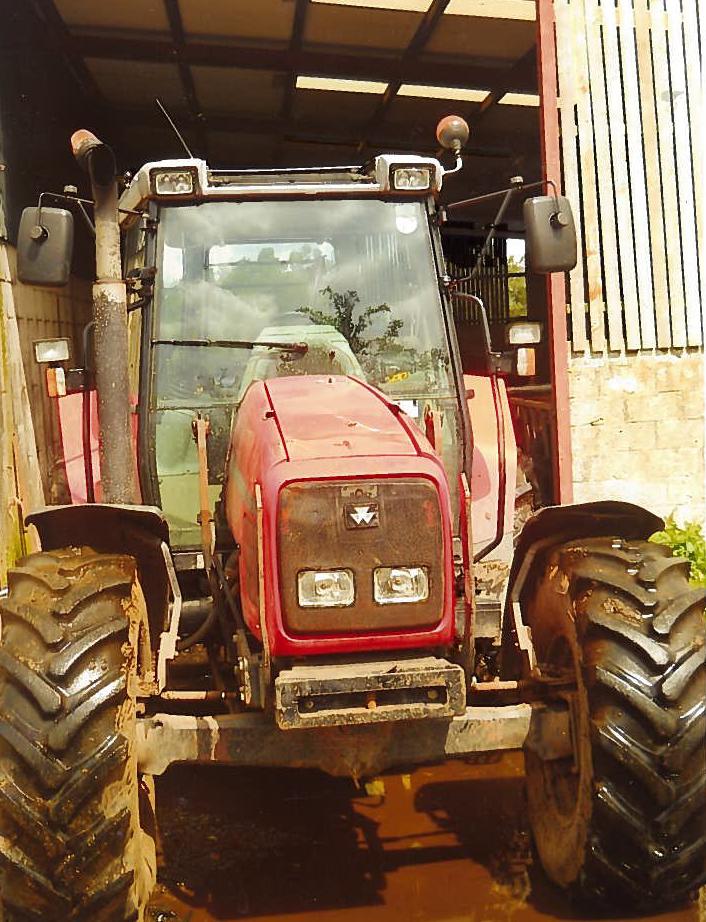LOCAL farmers are being reminded of slurry spreading rules and the impending closed period.
College of Agriculture, Food and Rural Enterprise (CAFRE) water quality technologist, Alastair Cameron said, “With the recent good weather, it is important that farmers plan slurry spreading to ensure readiness for the closed period, which starts at midnight on October 15.”
The closed spreading period is a condition of the Nutrients Action Programme (NAP), which promotes efficient management of livestock manures, chemical fertilisers and other nutrient applications to land.
It applies to all farms in the North with the aim of improving nutrient utilisation and reducing nutrient losses through leaching or run-off into waterways. There are guidelines for closed spreading periods, application rates and buffer zones.
The closed period prohibits the spreading of organic manures (excluding dirty water), from midnight on October 15 to midnight on January 31, 2025. Farmyard manure must not be applied from midnight on October 15 to midnight on January 31.
To further reduce the risk of nutrient losses at either end of the closed period, the maximum application rate for slurry until the beginning of the closed period, and during the month of February, is reduced from 50m3/ha (4,500 gal/ac) to 30m3/ha (2,700 gal/ac).
Buffer zones around waterways and lakes increase during early October and the month of February, from 10m to 15m for any waterway and from 20m to 30m for lakes. The buffer zone when using Low Emission Slurry Spreading Equipment (LESSE) is increased from 3m to 5m during the beginning of October and the month of February.
During the spreading season (excepting February and October), organic manures and dirty water are subject to buffer zones where they should not be applied within 20m of lakes, 50m of a borehole, spring or well and 10m of a waterway other than lakes (reducing to 3m when using LESSE in relation to a buffer zone distance from lakes and other waterways).
Outside of the closed period, you should only apply slurry when ground and weather conditions are suitable to do so, avoiding areas that pose a high risk of nutrient loss to waterways. Never apply nutrients to waterlogged soils, land liable to flood, on frozen ground or if heavy rain is falling or forecast within the next 48 hours.
These are important management practices to reduce the likelihood of nutrient run-off into waterways.
l For further information on slurry management, visit https://www.cafre.ac.uk/slurrymanagement/.
Photo caption







